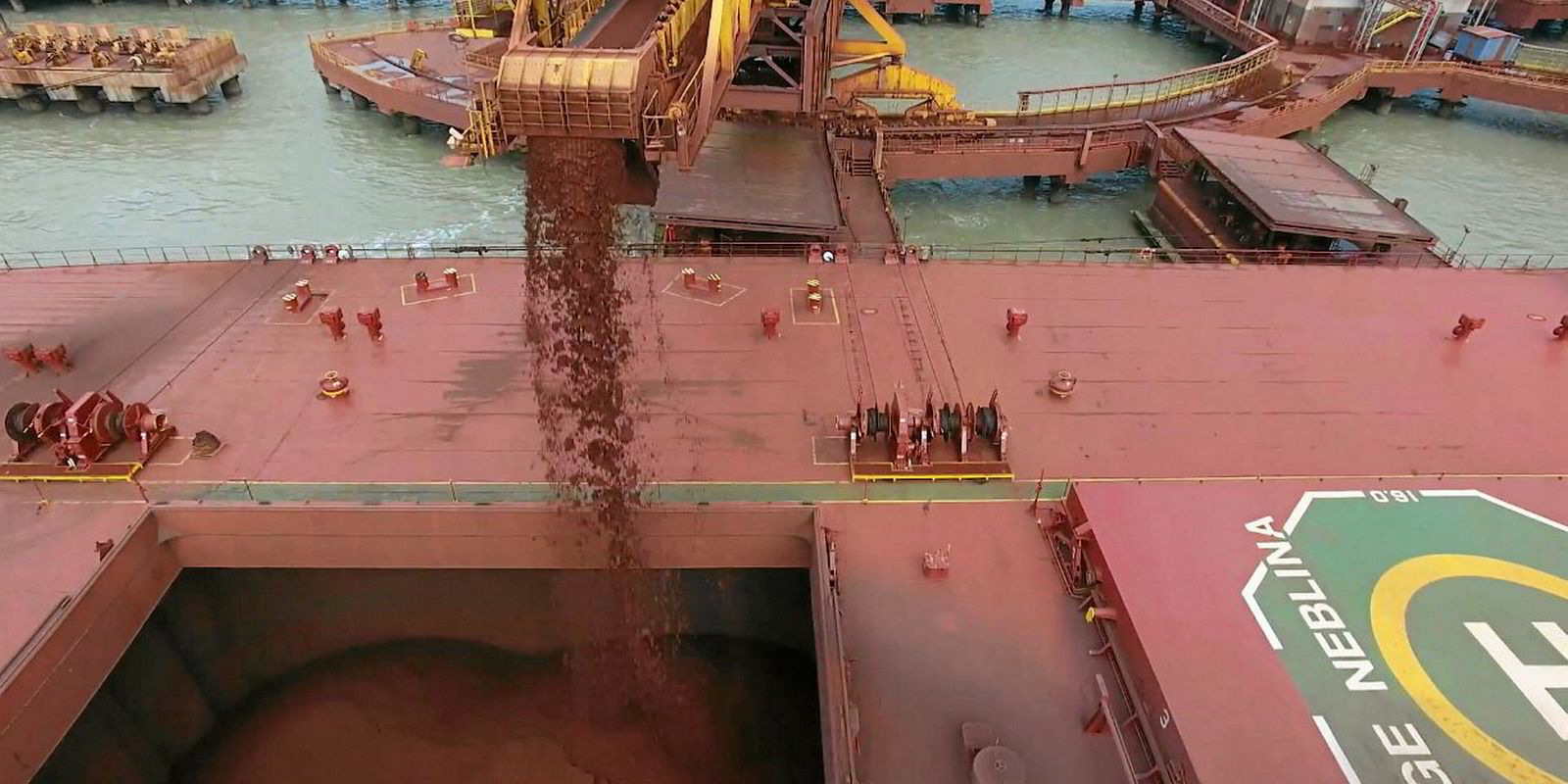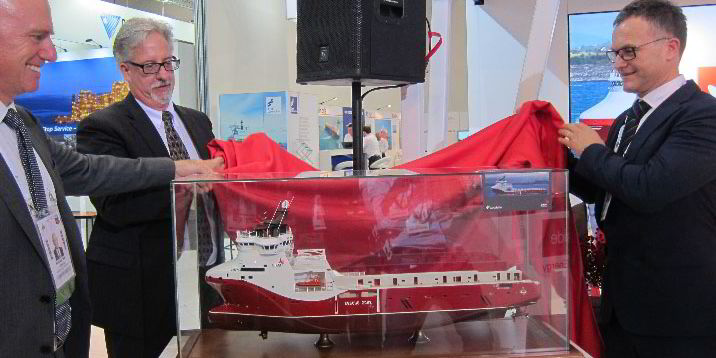Australia’s Woodside Energy is stepping up plans to acquire an LNG bunker vessel (LNGBV) to fuel its next generation of ore carriers shipping cargoes into China.
Sources following the project say the energy and LNG supply company has advanced its search for a vessel of up to 15,000 cbm.
The Perth-based company is said to be looking for a vessel able to conduct ship-to-ship bunkering operations in open water, as ports where ore carriers load in Australia are heavily congested.
Delegates at this month’s LNG2019 meeting in Shanghai said the pace had moved up a gear on Woodside’s LNGBV and indicated that they expected to make a decision in the coming months.
Green Corridor project
This vessel is understood to be separate from the business being pursued under the Green Corridor joint industry project for a 210,000-dwt LNG-fuelled newcastlemax bulker, in which Woodside has been participating.
Woodside has previously declined to comment on the specifics of its LNGBV plans.
But speaking in March, chief operations officer Meg O’Neill said: “Woodside has been talking to the big miners about using LNG to fuel the busy marine trade routes from Western Australia to Asia, and we are tendering for a bunkering vessel to ensure the ships can be readily refuelled in Western Australia, using Western Australian LNG.
“Woodside has also been working to develop the potential for LNG as a cleaner marine fuel and we believe Western Australia can lead the way in this emerging market as the IMO’s 2020 deadline for low-sulphur marine fuel approaches.”
The company, which conducted the country’s first LNG bunkering in early 2017 by fuelling its 5,500-dwt platform supply vessel Siem Thiima (built 2016), opened an LNG truck-loading facility this month at its Pluto LNG plant for vehicles serving customers in northern Western Australia.

Chief executive Peter Coleman said in a February results briefing that Woodside had made this investment without a firm customer, but a larger cash exposure would be required for marine bunkering.
He said Woodside would rather see one of the large mining outfits come onboard before the company commits to a marine bunkering facility, but added that the industry can expect to hear more about this in the coming 18 months.
At the opening of the truck-loading station, O’Neill pointed out that the ships moving mining exports from Western Australia’s Pilbara region use five billion litres of heavy fuel oil each year.
In the longer term, she said, Woodside sees the potential for a domestic LNG market to supply the bulk shipping industry, particularly iron ore carriers transiting from the Pilbara to Asia, and mentioned the company’s participation in the Green Corridor project, along with Australia’s mining giants.
“Woodside is planning the bunkering infrastructure that will allow these ships to fuel here in the Pilbara,” she said. “That bunkering infrastructure would be the second stage in realising our vision of an LNG fuels hub.”






